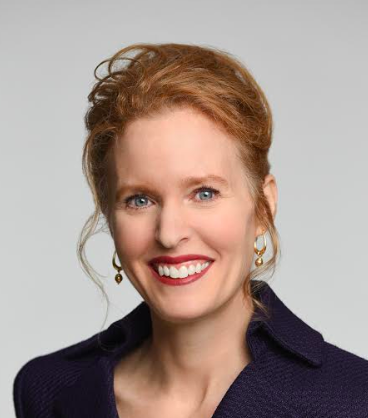
When I worked for the City of Chicago applying its Climate Action Plan, our work was funded by the lack of climate resilience: The City had successfully sued the electric utility for failing to provide service during an extreme heat event, and the settlement paid for many staff and climate-related. That’s a rare situation, though. Today, requests from cities, nonprofits and philanthropy to figure out finance to help fulfill resilience dreams fill my inbox.
In the last few months, I’ve offered counsel to cities as diverse as Minot, N.D. (at the invitation of FEMA), Miami Beach (at the invitation of the Urban Land Institute) and Buras, La. (at the request of the Rockefeller Foundation 100 Resilient Cities). Speaking with these local and innovative government leaders has helped me refine my own understanding of the current state of resilience finance in the U.S.
Here are at least four market inspirations I have gleaned that could drive more resilience finance:
- In its report “Climate Adaptation and Liability,” the Conservation Law Foundation unveils numerous cases describing a new era in the “duty to care” for designers, real estate professionals and municipal government officials as events that future climate scenarios envision replace force majeur events.
- Although the federal National Flood Insurance Program distorts price signals in the risk transfer elements of the market – and I strongly encourage you to engage on its reauthorization, perhaps starting by reviewing this excellent piece – in such highly vulnerable markets as Houston and Miami, an insurance price signal is emerging as flood insurance premiums rise faster there than elsewhere.
- Credit rating. Moody’s and Standard & Poor’s have made announcements that the physical risks from climate change will be factored into municipal credit ratings, and S&P has been clearer about this impact, for instance as shown in the article How Our U.S. Local Government Criteria Weather Climate Risk. Municipalities don’t want their debt to be more expensive and, therefore, less attractive to investors, so this is a big deal.
- Big data. With the emergence of big data modelers such as Airworldwide, RMS and Core Logic in the past decade, more financial services professionals will have growing access to the cost of both actual and avoided loss from extreme events. While cities cannot afford these big modelers, financial sector parties are applying them to city problems and generating new methods to create “bankability” – revenue generation from projects that traditionally don’t generate rates or fees. For instance, resilience bonds, described in a very approachable way by re:focus partners in this report, link future insurance savings to a bank of funds for current risk mitigation projects.
Along with these drivers, progress continues in the debt market, creating more means to fund city resilience. Most importantly, that headway should include a swift pivot of general obligation bonds from traditional investments that neither create collateral benefits nor consider climate change scenarios to resilience investments promising more long-term return and performance given future risk. That is really the only way to ensure we create resilient cities. But with close to 80,000 issuers of municipal bonds in the country, the four key drivers above are key for ensuring this transition.
At the same time, the growth of innovative bond mechanisms could also help cities increase funds for resilience. The District of Columbia has had success with green bonds for its water and sewer authority, while the Massachusetts Bay Transit Authority has created excellent examples of sustainability bonds’ utility. The resilience bonds mentioned above are another in this category. Of course, catastrophe bonds – some with hurricane triggers – are another insurance-linked mechanism for getting money to cities after disasters.
In a future post, I will suggest ways cities can invite more resilience finance, given these market levers and financial means.

Joyce Coffee, LEED AP, is founder and President of Climate Resilience Consulting. She is an accomplished organizational strategist and visionary leader with over 25 years of domestic and international experience in the corporate, government and non-profit sectors implementing resilience and sustainability strategies, management systems, performance measurement, partnerships, benchmarking and reporting.














